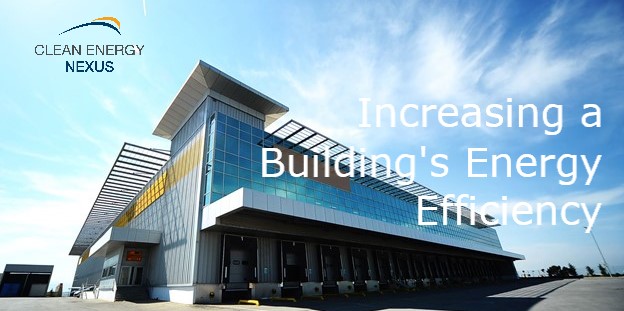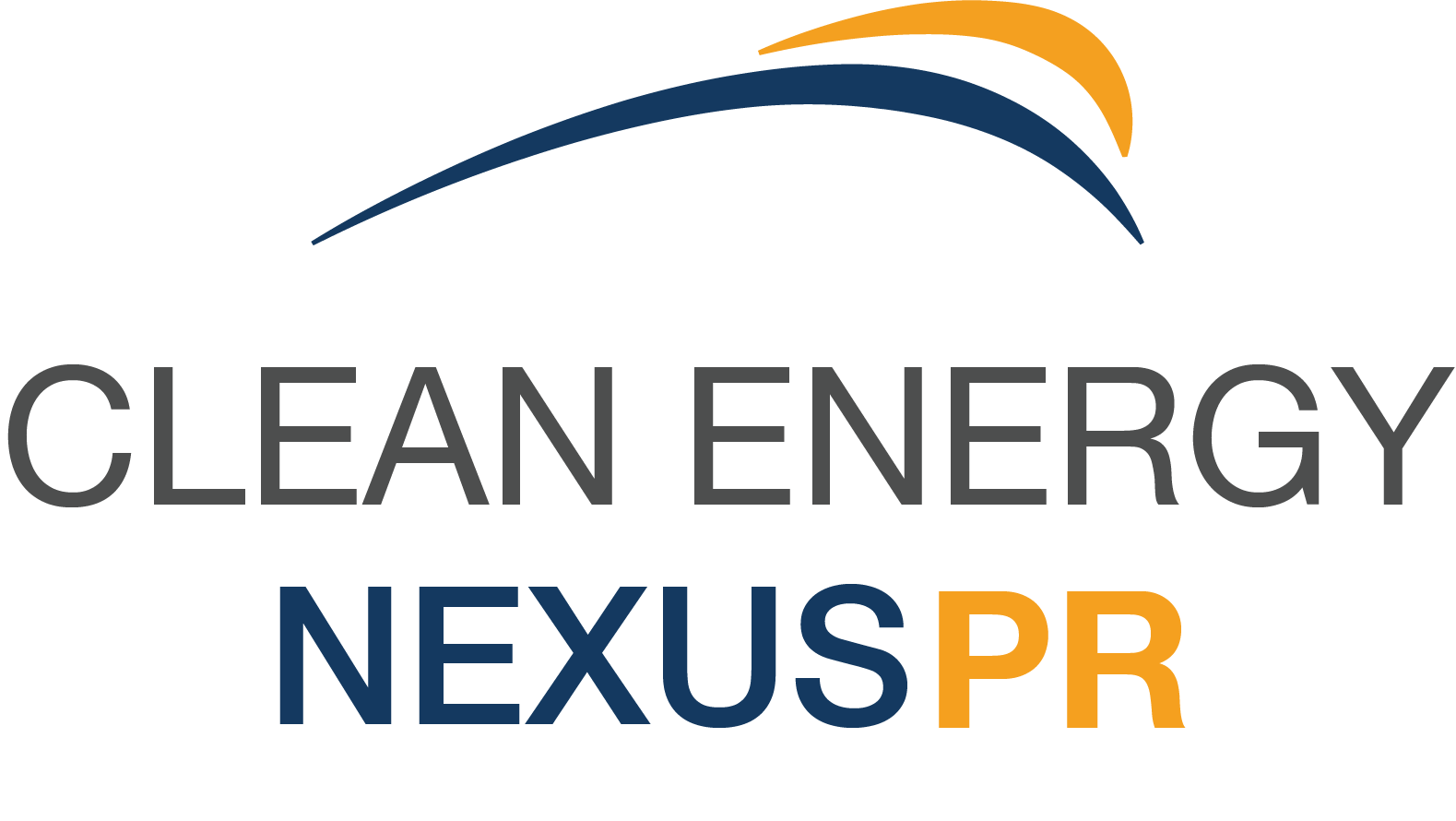By now we all know that the more efficient a building, is the less you'll pay for upkeep. But you may be surprised at just how much of a difference it makes.
Whether you own a home, rent an apartment, own or lease commercial buildings, or are in charge of operating costs for an office building, consider having an energy efficiency audit done to learn where you can improve your building's energy efficiency and save money.

If you've ever lived in or rented an old, drafty building with little insulation from the heat or cold, and ever paid the electricity or gas bill to heat or cool that same building, you'll remember how much money seemed to fly out the windows along with that draft.
New buildings these days are often built with energy efficient features. LED lighting, tankless water heaters, reflective roofs, high R-value insulation, radiant barrier in the attic of a home or in the roof of a commercial building, low-E windows, and more contribute to the temperature inside the building staying low when it's hot out, and high when it's cold out.
LEED (Leadership in Energy and Environmental Design) is a "...green building certification program used worldwide..." according to Wikipedia. LEED certified buildings are designed or redesigned to achieve LEED certification specifically and must meet a number of standards to be certified. Those standards include designs to "...help building operators and owners be environmentally responsible and use resources efficiently". The LEED program, while prestigious, has been criticized for it's lack of climate specificity and it's lack of focus on the environmental aspect of it's certification in favor of design.
Zero energy buildings, or net zero buildings, are buildings that make as much energy as they consume on an annual basis. They essentially zero out the carbon footprint of the owners or lessees by generating energy through a renewable energy resource and often include many energy-efficiencies that make the amount of energy it uses easier to match with energy from it's renewable energy source. Often, that renewable energy source is solar.
Retrofitting an older building with energy efficient features tends to be a more time consuming and more expensive task than building from scratch, but the task doesn't need to be an all-or-nothing exercise.
LED lighting is a great place to start when considering making a building more energy efficient. Many LED lightbulbs consume less than 25% of the energy that standard lightbulbs do, and they emit less heat while doing so. They're often brighter and last longer, so they save money on electricity and cooling costs and they decrease your year-over-year replacement costs.
Determining where there are heating and cooling leaks in your building can also be a great place to start, particularly with an older building. Fixing a door leak by either replacing the door or even updating the rubber guards and seals around the door or adding door sweeps to the bottom of a door can make a big difference in your energy loss. Updating windows, increasing insulation in the floors and walls and attics, adding radiant barrier to attics and adding attic fans can also greatly increase the efficiency of the building.
Interestingly, while reflective roofs individually help reflect heat and keep a steady interior building temperature, a "white roof" project in New York where the buildings in one neighborhood painted their roofs white actually increased the atmospheric temperature in that area by reflecting the sun's rays back upwards with minimal absorption.
Solar panels installed on roofs help absorb the sun's rays and turn those rays into energy that can be consumed by the building or sold to the electric grid electricity provider to provide an income for the building.
Battery storage linked up to the solar panels can power a charging station for an electric vehicle and also serve as an emergency backup, which is useful during power outages. Read more about the benefits of solar energy here.
Other types of renewable energy, including wind, hydro, biomass and geothermal, are used more often on a larger scale because of the space they require.
No matter if you're interested in increasing your building's efficiency on a small or large scale, there are a number of changes you can make to decrease your operating expenses immediately and over the long term.
